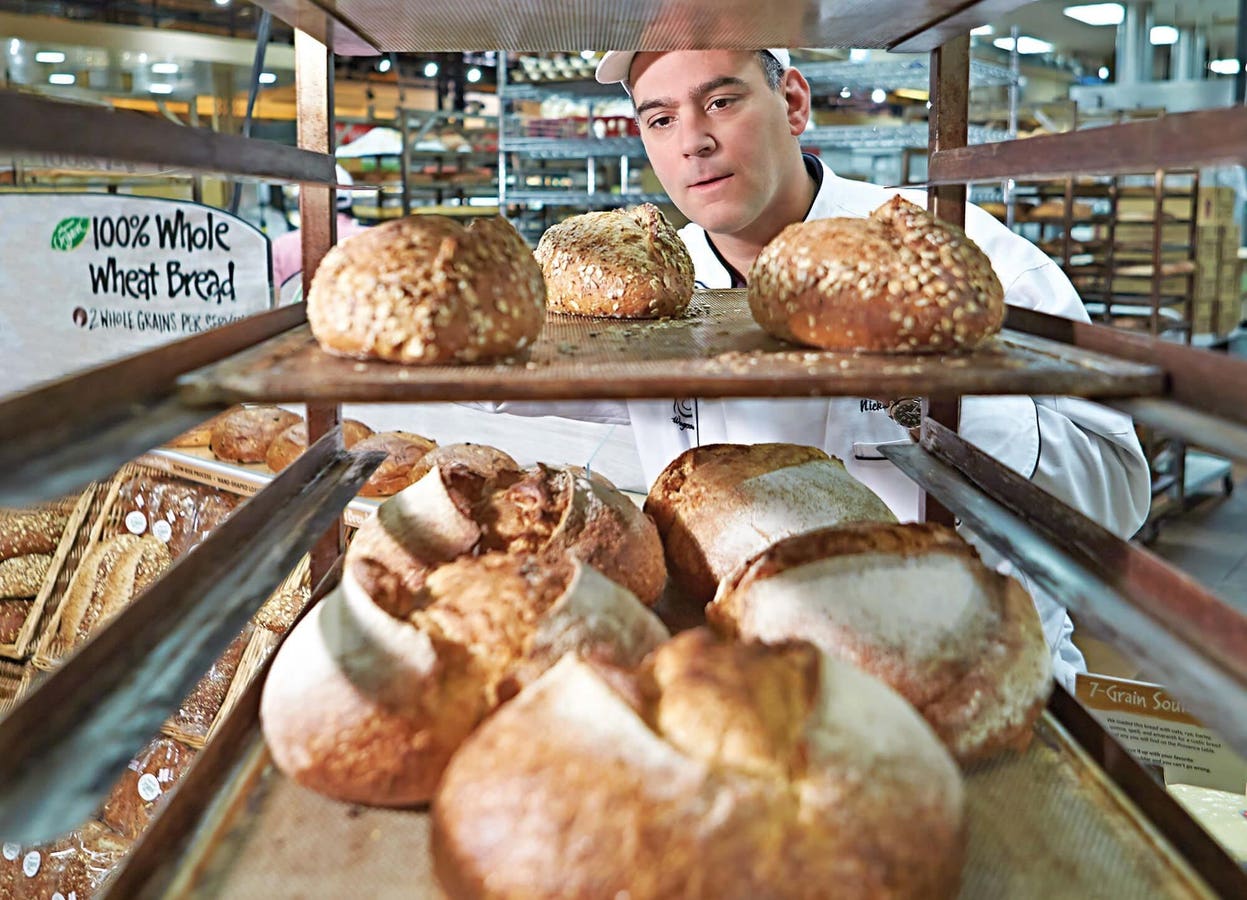This Wednesday October 18th, a new supermarket is opening on Astor Place in Greenwich Village. It’s notable because a supermarket in Manhattan is a rare convenience for residents.
Calling the new Wegmans a supermarket might not be right. It’s certainly big enough; at 90,000 square feet on two levels, it qualifies. But only 11,600 square feet of that space, about 13%, is what you would call traditional grocery aisle type shopping (grocery, dairy, frozen).
The rest of the store looks more like a food hall you’d see in London’s Harrod’s or Eataly. It’s a broad range of products with different stations of workers preparing cuisines from all over the world. I’d guess that if you made a meal three times a day out of the store’s prepared foods, you could go two years without having to eat the same thing twice.
Why Is Wegmans Doing This?
There are many ways to look at the supermarket business. One of them is to break products into two types: Core and Periphery. Core is products that you typically find in the aisles like Cheerios, frozen pizza and coffee. Periphery is produce and fresh or prepared foods like bakery, meat and fish. Generally, core products are commodity priced because you can buy them almost anywhere. The way for grocers to make more money is by having beautiful periphery-type products.
Wegmans is taking that to the next level by making periphery-type products the focus of the store. It takes the “food hall” model with high service and convenience levels and puts it into an urban, dense, high-income neighborhood where most people have tiny kitchens that aren’t made for elaborate cooking. That’s a way to get much higher margins than supermarkets normally can.
Following that playbook is how Wegmans, which will have 110 stores when the new one opens, competes against grocers like Kroger
KR
That’s not all. If you go into the grocery aisles where you usually find so many competitively priced products, Wegmans private label and locally-produced products that target gourmet customers who pay more, are very widely intermixed.
How It Fits
Wegmans doesn’t share its numbers publicly but its new store is built for profit. It’s built to draw people who need to shop for food and offers higher margin products all over the place. For a supermarket operator, it’s a dream to be able to concentrate on products like these.
For this specific store, the setup positions Wegmans for profitability in an industry that is historically driven by undifferentiated products sold at commodity prices. That’s critical to the store’s success but it will also be impacted by rent, competition, what happens to the neighborhood and how well Wegmans executes the strategy with the labor force it can access.
The strategy Wegmans is using in Greenwich Village won’t work everywhere. It requires an area with high household incomes and lots of younger, single person households who often prefer to go out than to spend time cooking at home.
But Manhattan isn’t the only place where it can work. Focusing on prepared food is how a supermarket straining from competition by the world’s biggest companies with virtually unlimited financial resources like Walmart
WMT
AMZN
Read the full article here





